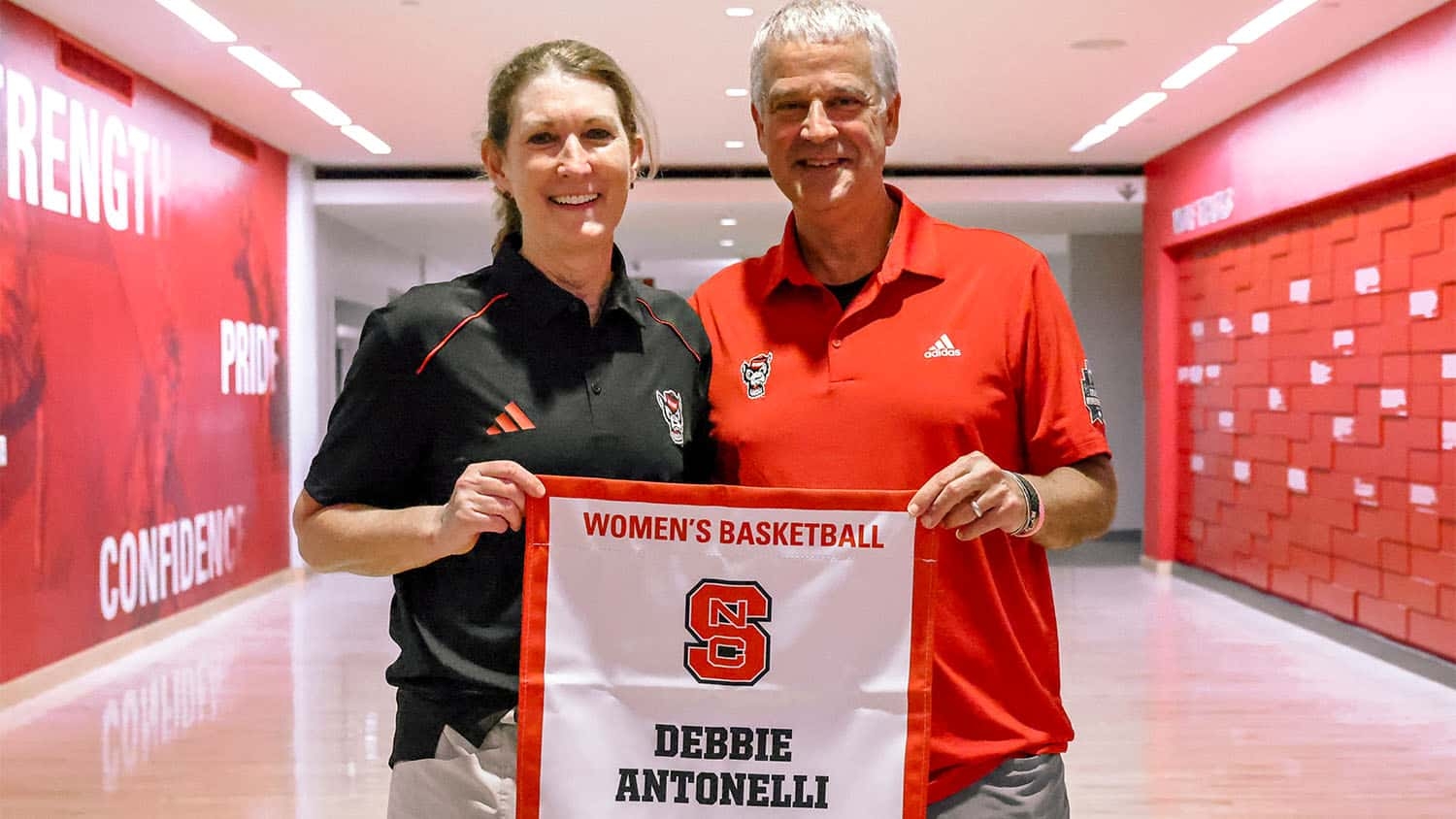NCGT study shows local meat availability has positive effects on grocery shoppers
How does grocery store merchandising around local meats influenced consumer shopping behavior and store perceptions?
That's a question that a team of Jenkins MBA students in the NC State Poole College of Management tackled on behalf of NC Growing Together (NCGT), a five year (2013 – 2017) USDA-funded project based in the Center for Environmental Farming Systems at NC State's College of Agriculture and Life Sciences. NCGT aims to bring more locally produced foods into mainstream markets, strengthening the economics of small to mid-size farm and fishing operations and their communities. Two Poole College initiatives – the Supply Chain Resource Cooperative and the Consumer Innovation Consortium (CIC) – are participating in aspects of this project.
In fall 2014, NCGT sponsored a team of CIC's MBA students to conduct research regarding how grocery store merchandising of local meats influences shoppers and store perceptions. The student team created an online survey designed to achieve the following objectives:
- Determine grocery store merchandising influences on purchasing behavior of local meats;
- Determine how the availability of local offerings influences the consumer shopping basket, especially with regards to premium products; and
- Assess demographic influences on purchasing behavior.
The survey contained three experimental conditions, differentiated by a photo of one of three packaged meat displays:
- A commodity meat with an unidentified source,
- Locally-grown meat with an identified source (local family farm),
- Locally-grown meat with an identified source (local family farm) plus visual cues in the display, including “local” on a chalkboard stand, greenery, and burlap.
The respondents were asked to give feedback on their perceptions of the cleanliness of the store, employee knowledge, and store decor, and they were then given options for purchasing a set of items (including meat, fresh produce, and non-perishables) at different price points.
The data analysis (206 total respondents) revealed that high-income shoppers (household income >$120,000) spent 8 percent more at the checkout counter when local meat was available (conditions #2 OR #3). Both high and middle-income shoppers (household income < $120,000) thought that a store that stocked local meat was cleaner, had a better décor, and had more knowledgeable staff.
In addition to the survey data analysis, students created a “Look Book” to highlight the impact of product placement and messaging that enhances sales, and an annotated bibliography of the research literature on consumer motivations to purchase source-identified food in grocery store settings.
Visit the NCGT website’s Research page to access the "Look Book" and bibliography and to see the student’s final presentation.


